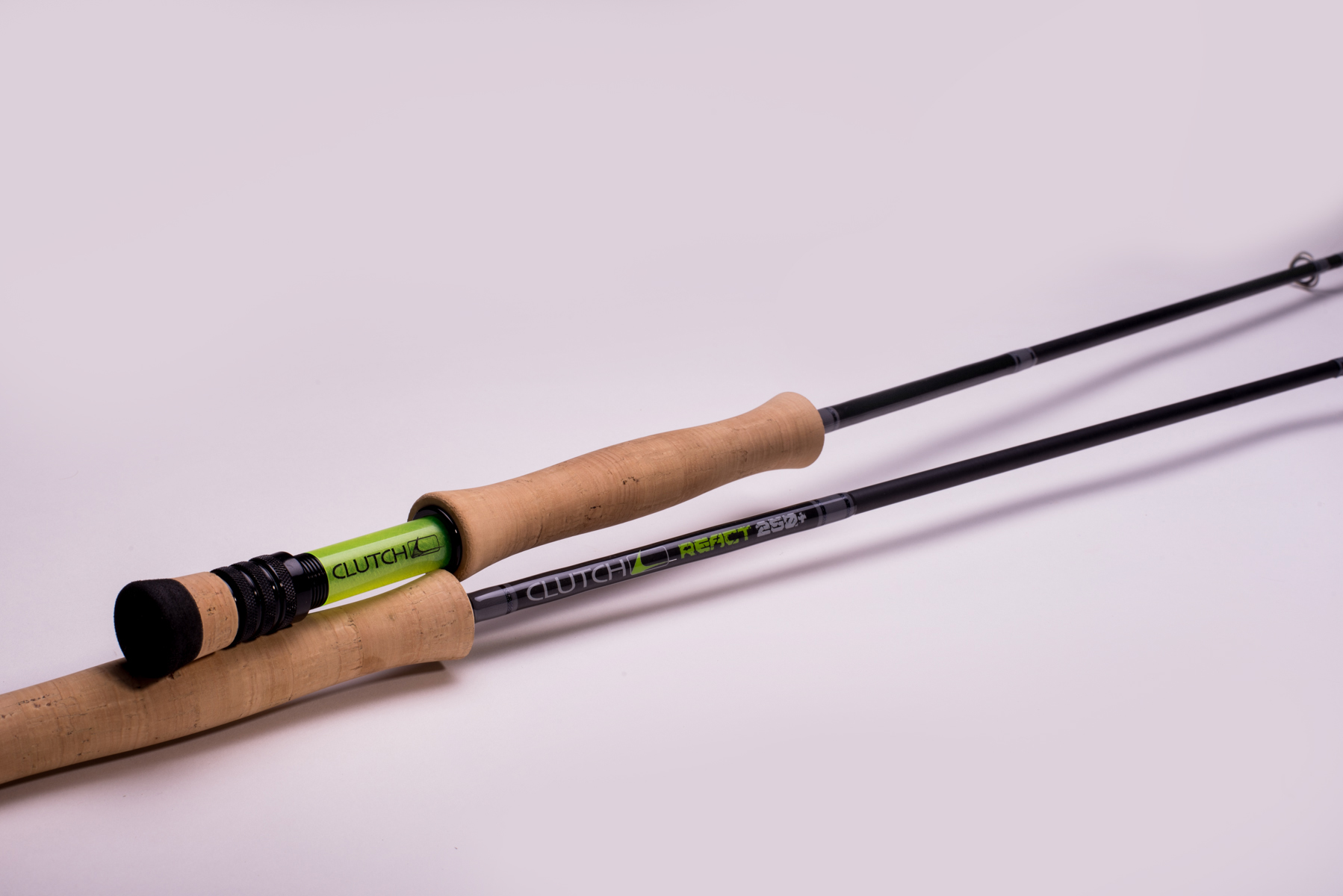 Ask ten accomplished anglers how to cast. Odds are you are going to get ten different answers. And if you are learning how to cast, this can be a confusing and frustrating proposition. Figuring out which way is right and which way is wrong is a difficult task. There are so many minute things that go into delivering a fly to a fish and getting them to eat.
Ask ten accomplished anglers how to cast. Odds are you are going to get ten different answers. And if you are learning how to cast, this can be a confusing and frustrating proposition. Figuring out which way is right and which way is wrong is a difficult task. There are so many minute things that go into delivering a fly to a fish and getting them to eat.
The truth is, there is no right way to cast a fly rod. Different techniques work for different people. Some ways are more efficient than others, and some ways are better at accomplishing different tasks. Learning various ways of casting can be important due to these reasons, but where to start?
From the stroke of the rod to where you hold it, every small adjustment will change the rods performance. But before you can focus on any of this however, you have to grab the fly rod and do it correctly.
How you hold a fly rod can change the cast. In some situations, changing your grip can help your cast, in others it can hurt it. Here are three tips on how to hold a rod for different situations.
1)Keep it consistent
Figure out what way of holding the rod is most comfortable for you and stick with it for a while. Casting a fly rod is in large part muscle memory. When it is time to cast at a fish, you do not want to think about how to cast a fly rod. When you are learning, stick with what feels right, and make small adjustments to your cast to improve it. Think of this cast as your daily driver. Almost every time you cast at a fish, it will be holding the rod the same way. When you are learning, if you change your cast every other day, you will never master a single style of casting. From where where on the grip you choose to place your hand, to how your hand holds the rod, keep it the same.
 2) Use your thumb for power
2) Use your thumb for power
After you have kept you cast the same for a while, you can make small adjustments to improve power. The quickest way to add power to your cast is changing where you put your thumb. Imagine a thumb tack is sitting on top of your rod, on the opposite side of your reel. Pushing your thumb down as I there was a tack there will generate power in your cast. Many anglers cast like this every time they hold a fly rod in an effort to maximize distance. If you ever feel like your fly isn’t quite getting out far enough, or if the wind is giving you some problems, give this a try.

3) Point to where you want the fly to go
Pointing the tip of a fly rod on your last cast can help point your fly in the right direction. Pointing your index finger can help with accuracy as well. Instead of placing your thumb on top of the rod, point your index finger. What you may lose in power, you may gain in accuracy. This technique can be great for short technical casts. Imagine fishing for mangrove tarpon or redfish feeding on oyster beds. You will not shooting 80 feet of fly line, but the cast is just as challenging. In the search for an ever longer cast, many anglers often overlook the value in a short yet accurate cast.
Remember to practice these casts before testing them out on fish. When you see your first permit and know you need accuracy, don’t try pointing your index finger at it for the first time. These styles are tried and true, but do not work for every angler. Practice these casts on the driveway, catch fish with these casts tomorrow.



Choke upwards and let the reel touch your wrist